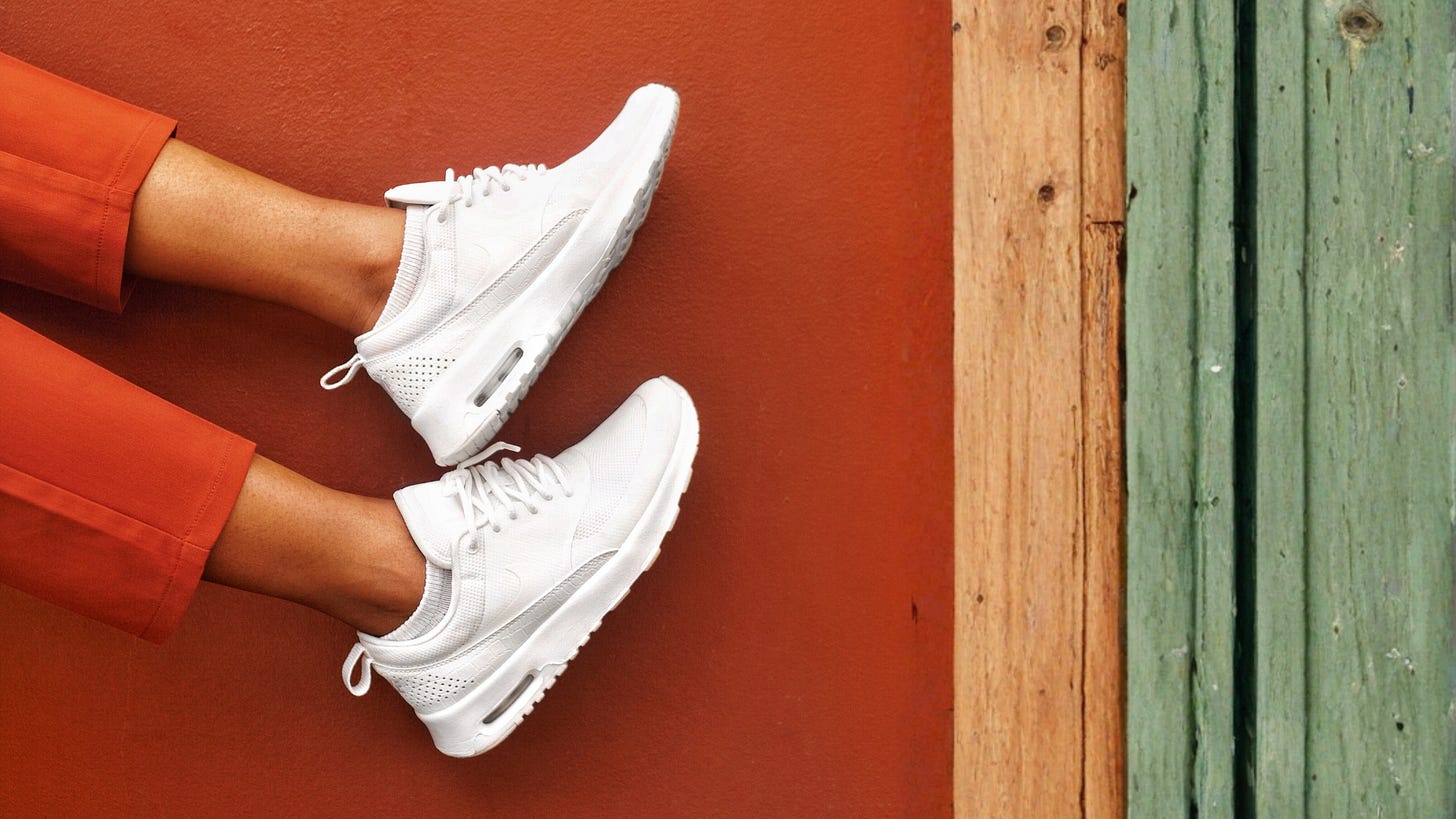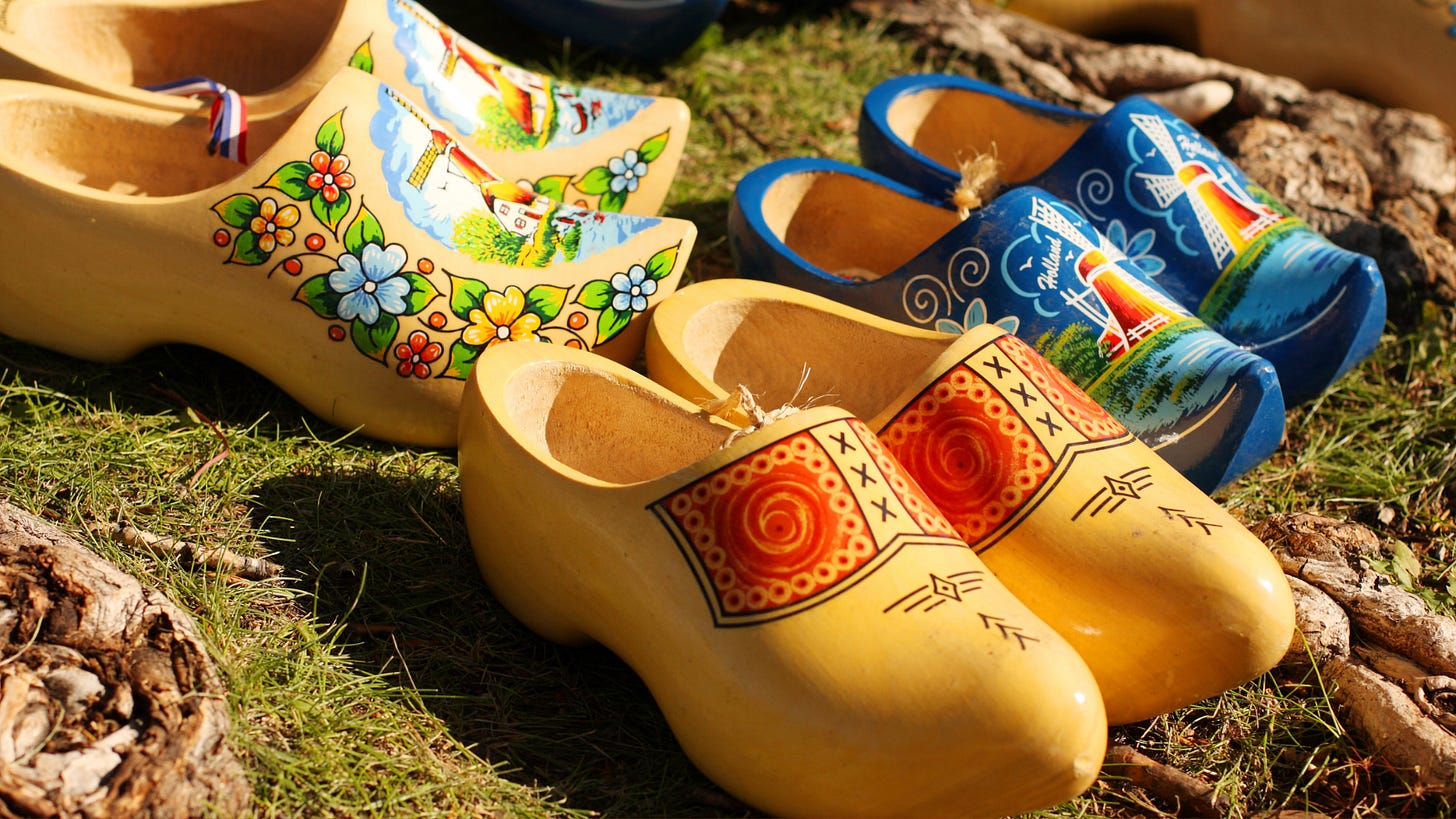Secrets Your Footwear Is Hiding
Laced with History
Every morning, you probably perform a simple ritual: choosing which shoes to wear.
Maybe it’s a pair of comfortable sneakers for running errands, sturdy boots for a long walk, or formal shoes for work.
This daily choice seems ordinary, but the objects we slip onto our feet are much more than simple protection from the ground.
Shoes are a quiet record of our world.
Tucked into their seams and soles are fascinating stories about history, diverse cultures, and even the evolution of the English language.
From the names we call them to the way they are designed, shoes carry secrets that connect us to people and places far beyond our own experience.
1. A Sneaker by Any Other Name...
If you are from the United States, you likely call your athletic shoes “sneakers.”
This name first appeared in the late 1800s because the quiet rubber soles allowed the wearer to “sneak” around silently.
However, that word is not universal, and what you call your casual, rubber-soled shoes can instantly reveal where in the world you are from.
In different English-speaking countries, the very same type of shoe goes by a completely different name.
Here are just a few examples of the different words used for athletic shoes around the globe:
Trainers: The common term in Britain.
Running shoes: Used in Australia.
Tennis: The term used in South Africa.
Rubber shoes: What they are called in the Philippines.
Canvas shoes: The name used in Nigeria.
This is a perfect example of how the English language changes from one region to another.
As a language learner, knowing these regional terms will help you sound more natural and connect better with native speakers, wherever you are.
2. Your Shoe Size Isn’t a Global Standard
Have you ever tried to buy shoes while travelling or from an international website?
If so, you’ve probably discovered a confusing secret: a shoe size in one country is not the same as in another.
A size “8” in the UK is very different from a size “8” in the US or a size “38” in Europe.
This is because there is no single, global standard for shoe sizing.
Different regions use entirely different systems of measurement that date back centuries:
The UK system is based on an old English unit called the barleycorn, which is about one-third of an inch.
The Continental European system uses Paris points, where one point is equal to two-thirds of a centimetre.
Part of the confusion comes from the fact that shoe sizes don’t just measure your foot; they also account for the necessary “wiggle room” inside the shoe.
The inner cavity of a shoe is typically about 1.5 cm longer than your foot to give your toes space to move.
This is another reason a simple conversion of your foot’s length isn’t enough, and why conversion charts are so important when shopping abroad.
Watch this to help you more…
3. Handle with Care: A Shoe Can Be a Serious Insult
In many Western cultures, a shoe is just a shoe.
But in other parts of the world, it can be a powerful symbol of disrespect.
In Arab culture, shoes are considered ritually unclean because they touch the ground and are associated with the lowest part of the body.
Because of this, using a shoe to insult someone is a deeply offensive act.
Showing the sole of your shoe to another person is considered a serious insult.
An even greater insult is to throw a shoe at someone.
A famous example of this occurred in 2008, when an Iraqi journalist threw his shoes at U.S. President George W. Bush during a press conference as a powerful statement of protest.
This single act demonstrates how an everyday object in one culture can carry a completely different and much more powerful meaning in another.
4. The English Language Is Hiding in Your Shoes
Shoes have walked their way right into the English language.
Many common idioms—phrases where the meaning isn’t literal—are based on footwear.
Learning these expressions is a fantastic step you can take toward fluency because they are used frequently in everyday conversation.
One popular idiom is “to get cold feet.”
This has nothing to do with temperature; it means to become nervous or anxious about a big commitment.
It is most commonly used when talking about someone who is about to get married and is feeling afraid.
Another useful phrase is “to put yourself in another person’s shoes.”
This means to try to understand a situation from someone else’s point of view and imagine how they feel.
It has nothing to do with their footwear. Do not go and try to put on this person’s shoes!
It has to do with trying to understand something from their perspective, seeing it from how they would see it.
Watch this to help you more…
5. A Time Before “Left” and “Right”
Here is a fact that might surprise you: for most of history, shoes were not made specifically for the left or right foot.
Until around the year 1800, shoes were typically made on symmetrical models called “straights.”
This meant that a single shoe could be worn on either foot.
There was no such thing as a “left shoe” or a “right shoe”—they were completely interchangeable.
It was only in the 19th century that foot-specific footwear became the standard.
Thinking back, wearing shoes that weren’t shaped to our feet must have been very strange and probably quite uncomfortable compared to the custom-fit designs we enjoy today.
This may seem like a purely historical footnote, but this design principle still exists today in traditional footwear like the Jutti shoes of India, which are made to be worn on either foot.
6. How Climate and Culture Design the Perfect Shoe
Traditional footwear from around the world is a masterclass in design, perfectly adapted to the local climate, geography, and culture.
The materials used and the shape of the shoe tell a story about the environment and the lifestyle of the people who first made them.
Two excellent examples of this are Japanese geta and Dutch clogs.
Japanese Geta: These are distinctive wooden, platformed sandals. They were brilliantly designed for Japan’s often wet and humid climate. The elevated platform lifts the wearer’s foot high off the ground, protecting their feet and clothing from water and dirt. The open design also allows air to circulate freely, keeping the feet cool. Even though geta are now mostly traditional footwear, their legacy lives on in Japanese homes. Most houses have a shoe cupboard at the entrance called a getabako (geta box), a word that reminds everyone of the lasting tradition of removing shoes before entering a private space.
Dutch Clogs: These iconic wooden shoes were the original safety boots for Dutch farmers, fishermen, and factory workers. They were designed to keep feet dry in the muddy fields of the Netherlands. Just as importantly, the hardwood protected the wearer’s feet from sharp objects like nails on a factory floor or fishing hooks on a dock.
And… make sure you tie your shoes correctly!
Conclusion: The Story at Your Feet
From regional names and confusing sizes to cultural symbols and ancient designs, it’s clear that the simple shoe is one of the most powerful everyday objects we own.
It is a tool that tells stories of our history, our environment, and the very language we speak.
The fact that shoes were once interchangeable for left and right feet, or that showing a sole can be a profound insult, reminds us that there is always more to learn about the world around us.
The next time you choose your shoes for the day, take a closer look.
What story are they telling?




